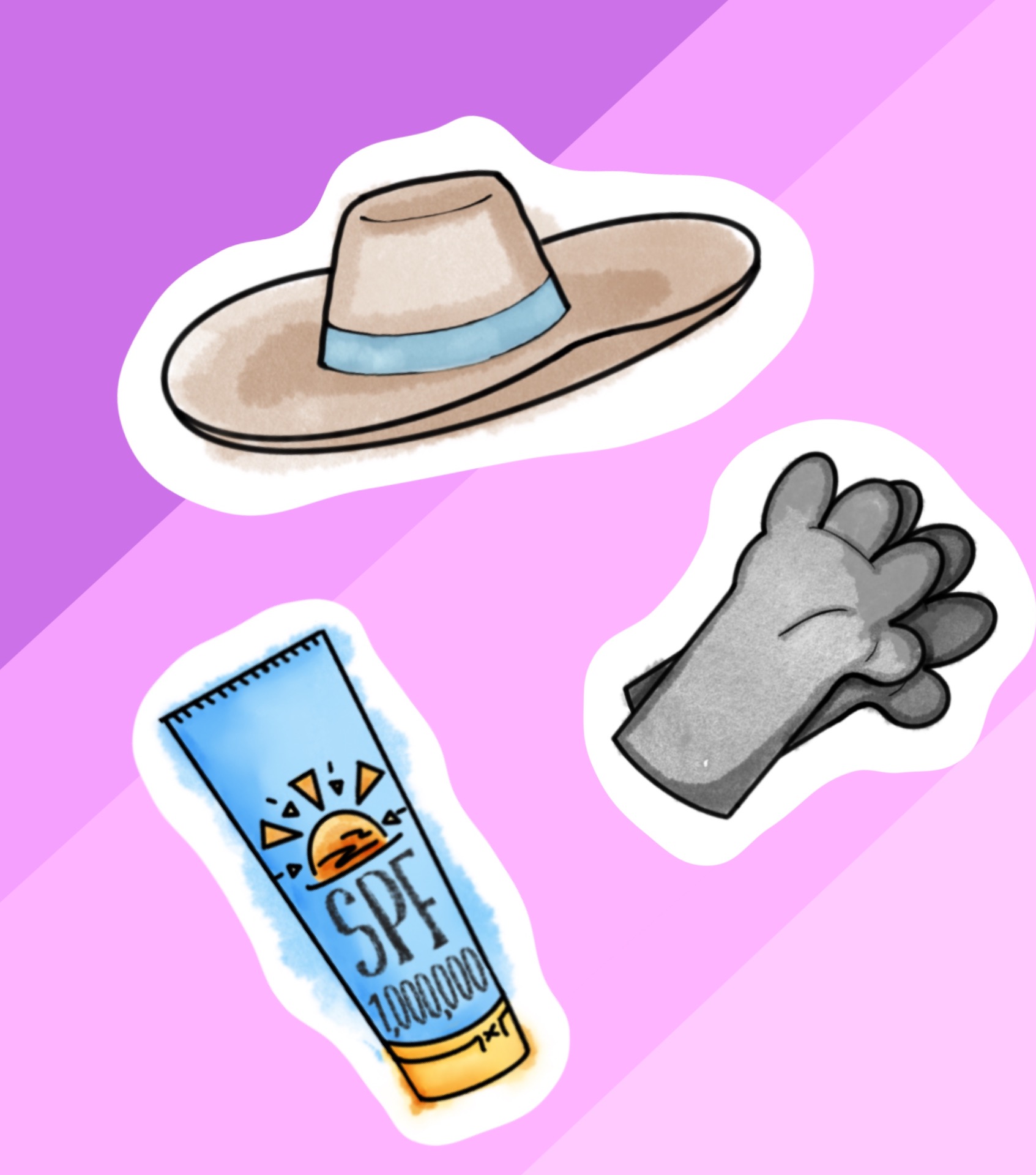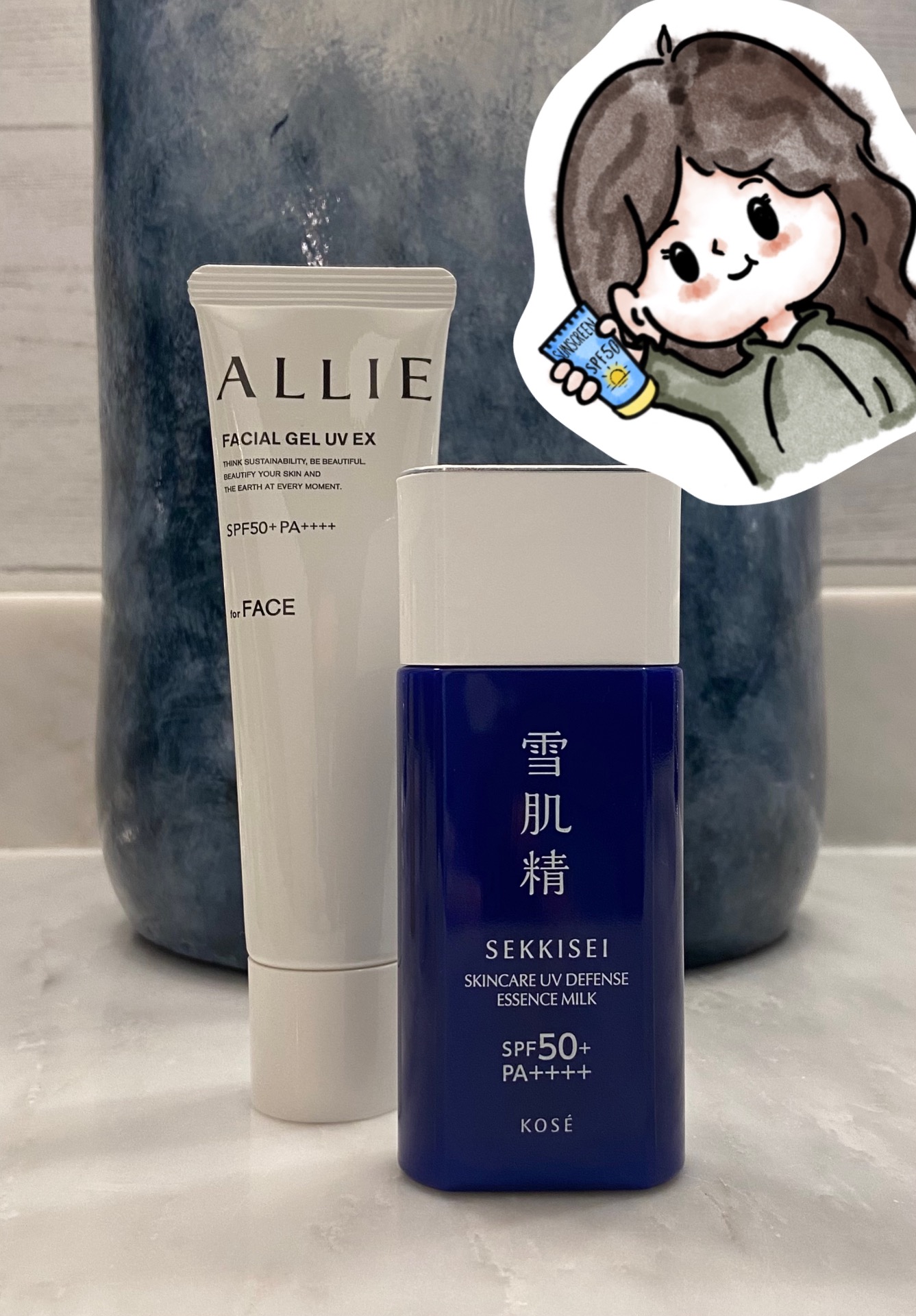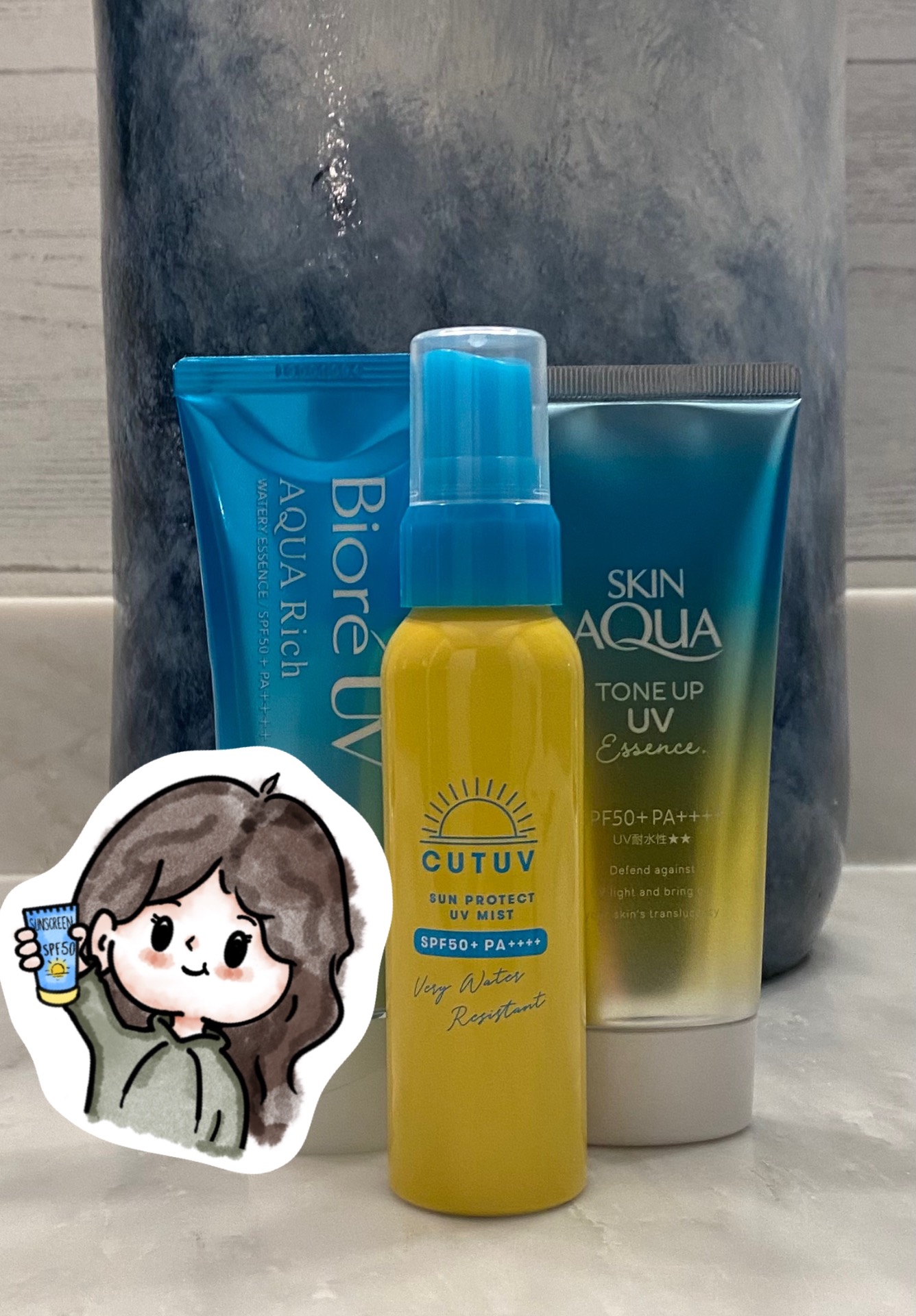The Cultural Importance of Sun Protection in Japan’s Skincare

Walking through the streets of Tokyo, it's impossible not to notice the lengths people go to protect their skin from the sun. On a sunny day, nearly everyone I see carries a UV umbrella, an essential part of their routines. Women wear long gloves, their arms completely shielded from the sun, and many wear wide-brimmed hats or visors to protect their faces. Even while cycling or walking, people seem to have a plethora of sun-protective accessories that feel second nature to them. It's fascinating to see how deeply these habits are woven into daily life here, not just as a beauty ritual, but as an ingrained part of their health-conscious culture.

Sunscreen is the cornerstone of Japan's sun protection strategy, and the market reflects this with a vast array of high-quality products designed for daily use. Japanese sunscreens are known for their advanced formulas, featuring high SPF ratings, lightweight textures, and skin-nourishing ingredients. Many formulations are designed to protect against both UVA (which ages the skin) and UVB (which burns the skin) rays, ensuring comprehensive protection.
One of the standout features of Japanese sunscreens is their emphasis on wearability. In contrast to thicker, oilier sunscreens that are common in some parts of the world, Japanese brands focus on products that feel weightless and blend seamlessly into the skin. Many sunscreens also contain added benefits like moisturizing ingredients, anti-pollution protection, and even makeup-like finishes, encouraging people to incorporate sun protection into their daily skincare routines with ease.

Popular brands like Biore, Shiseido, and Anessa dominate the market, offering a wide range of sunscreens suited for different skin types, from ultra-sensitive to more resilient complexions. The culture of frequent reapplication throughout the day further enhances their effectiveness.
UV umbrellas are a familiar sight on sunny days in Japan. These specialized umbrellas are coated with UV-blocking materials that offer an extra layer of protection from the sun's rays. Unlike regular umbrellas, UV umbrellas are designed to reflect or absorb harmful UV rays, shielding the user from both direct sunlight and reflected light from surfaces like pavement or water.
What makes UV umbrellas particularly appealing is their versatility and portability. They offer immediate protection and can be paired with other sun-protection measures, like sunscreen or sun-protective clothing, for comprehensive coverage. UV umbrellas are seen as stylish accessories, often decorated with elegant designs, making them a fashionable yet functional part of a sun-conscious lifestyle.
Sun-protective clothing is another layer in the Japanese sun protection arsenal. UV-blocking gloves, hats, and arm sleeves are commonly worn, especially by those who spend significant time outdoors, such as cyclists, gardeners, or commuters.
Long-sleeved gloves or arm covers are often made from lightweight, breathable fabrics infused with UV-blocking properties. These are especially popular among older women who wish to protect their skin from sun exposure while going about their daily activities. Similarly, wide-brimmed hats or UV-resistant visors provide additional protection for the face and neck—areas particularly vulnerable to sun damage.
This attention to detail in sun protection extends to a cultural aversion to overexposure. While some regions of the world embrace tanning as a sign of health and vitality, in Japan, the prevailing belief is that sun protection preserves skin quality, youthfulness, and overall health.
The Japanese commitment to sun protection extends beyond beauty standards to serious health concerns. Skin cancer rates in Japan are relatively low compared to many Western countries, and this is often attributed to widespread sun protection habits. Avoiding excessive UV exposure significantly reduces the risk of developing skin cancers, including melanoma and squamous cell carcinoma, which are directly linked to sun damage.
UV radiation can also exacerbate conditions like hyperpigmentation, rosacea, and other skin sensitivities. The proactive steps taken by the Japanese—daily sunscreen use, UV-blocking accessories, and limited sun exposure—serve as effective measures to minimize the risk of these skin issues while simultaneously slowing the visible signs of aging.